Should AI Be Used or Banned in Schools? Pros & Cons
From ChatGPT to the new DeepSeek AI, it is obvious that generative AI tools are taking the world by storm, and schools are not left out. According to a report, 60% of teachers and more than half of college students are already using it. However, the growing popularity of this tool has become a bone of contention for everyone within the academic space.
For example, in an interview by CBS News, Professor James Taylor argued that generative AI should be banned in classrooms for giving misleading information and harming critical thinking. On the other hand, Amanda Bickerstaff, CEO of AI for Education, believes schools should focus on teaching students to use AI ethically instead of banning it.
To be sincere, the two experts made a valid point. But before you take a side, let's explore the pros and cons of this technology to see whether it should be banned or embraced in schools.
How Does AI Act in Schools?
Before we dive into the pros and cons of AI in schools, let's look at the role of AI in schools today.
- 24/7 Personal Tutor: AI can serve as a personal tutor for every student. Unlike humans, AI is available any time of the day, as long as you have a good internet connection. Moreover, AI feedback is instant and can help break down complex topics into simplistic form using practical examples and diagrams if possible.
- Teaching Assistant: As I've said earlier, generative AI is now becoming a go-to tool for many educators. Teachers, especially young teachers, now use AI for different purposes, including designing lesson plans, generating auto-scored quizzes, grading, and many more.
- Classroom Manager: Apart from grading or creating lesson guides, AI can also serve as a classroom manager. It can handle class administrative tasks such as optimizing timetables and tracking students' attendance.
The Benefits of Using AI in Schools
More and more teachers and students are turning to AI, and it's clear that it is certainly useful in academics:
1Personalized Learning
AI can be used by both teachers and students for personalized learning. For teachers, AI can help they analyze students' engagement level, so the lesson plans can be tailored based on their ability. For students, AI helps with homework, breaks difficult subjects into simpler forms based on their level, and generates practice according to their queries.

2Provide Global Resources
No doubt, AI makes accessibility to global learning resources easier than ever before. Some AI tools like ChatGPT and Google Gemini can scan for data from different global platforms, including academic journals, YouTube, and online libraries. This makes it easy for everyone to access information without the stress of manually searching different sites one after the other.
3Greater Accessibility
The advent of AI has made access to education a breeze for all and sundry. Thanks to AI-driven text-to-speech technology, people with eye defects can now study effectively. AI tools like Google Translate can also translate lessons to different languages, making it easier for non-native speakers to understand what's being taught in the classroom. And since AI is available any time from anywhere, it is easier for students to study at their own pace, even outside the campus.
4Improve Efficiency
The use of AI can make both teachers and students more efficient. AI tools like Gradescope can help teachers with grading, scheduling, and generating lesson outlines. This greatly frees up teachers' time. A study published on ResearchGate, even shows how AI was able to reduce teachers' workload in Saudi Arabia by 67.3% through automated grading.
Besides, AI-driven tools can also help students summarize long and difficult essays. This makes it very easy for students to save time while learning.
5Prepare for the Future
With the rise of this technology, it is clear that AI is the way forward. By bringing AI tools into the classroom, teachers will be equipped with innovative teaching strategies that keep them relevant in the ever-evolving education system. At the same time, students can develop essential digital skills that prepare them to challenges in their future workplaces.
The Concerns and Risks of AI in Schools
Though AI brings great convenience and flexibility, whether in school or daily life, it also has its flaws. Here are some of the disadvantages of using AI in schools:
1Cheating
Cheating is one of the major concerns among educators regarding the use of AI in schools. According to a survey conducted by The Guardian, more than 7000 AI-cheating cases were reported in UK universities during the 2023/2024 academic session.
The sad reality is that students now depend on AI-generated answers for their homework, class exercises, and even exams. This habit can leave them unprepared for exams and lead to failing grades, disciplinary action, and a lack of independent problem-solving skills.
2Critical-thinking Loss
Professor James Taylor said in his interview with CBS News that "over-reliance on AI tools for solving academic problems can weaken critical thinking skills." I couldn't agree more with his statement, because many students these days no longer bother to reason through problems on their own.
Once they see a problem, they feed AI, and it returns a ready-made solution. They copy the solution without analyzing or reflecting on it. The over-reliance on AI will not only stifle their critical thinking skills but also hinder their intellectual growth.
3AI Bias
According to a study, a ChatGPT detecting tool tends to flag non-native English writers' works as AI-generated. This also shows that some AI algorithms are designed not to include fairness and diversity in mind. As such, they hold stereotypes and tend to be biased against certain cultures, races, or religions.
And they even think particular groups are good at certain skills based on gender. So, whenever students use such AI, they are reinforced.
4Deepen the Digital Divide
Not every student has equal access to AI-powered tools, devices, or reliable internet. This can give some students an advantage while leaving others behind. If schools rely too heavily on AI without ensuring equal access, it could widen the gap between students from different socioeconomic backgrounds.
Based on NEA Today finding, students in rural areas lag slightly in terms of access to the internet and devices. This means that their opportunities to use AI tools are much more limited.
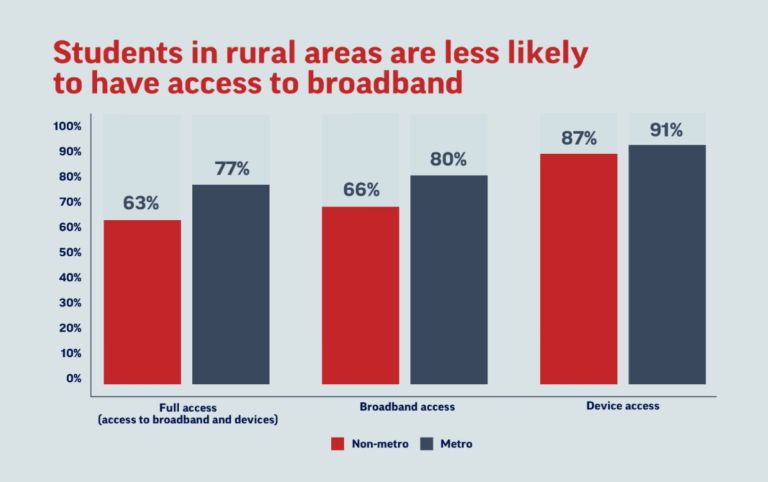
5Diminish the Role of Human Teachers
Excessive dependence on AI can also diminish the role of human teachers. When students ask for help from AI, the role of teachers is diminished and may even be displaced.
Plus, when the classroom begins to delegate roles to AI excessively, the interactions between students and teachers will be lost, and their relationships will be weakened.
6Fabricated or Misleading Information
AI tools are designed to generate answers to every prompt, even if they're not sure about the accuracy of the answer. For example, ChatGPT is known for returning fabricated answers to personal and technical prompts. So, once students begin to rely on these tools to solve problems without verifying the answers, they will be misled.
Strategies for Responsible AI Implementation
As you can see, banning AI outright in schools is not practical. Instead, the focus should shift to learning how to use it responsibly. With that in mind, let's look at the strategies for implementing AI responsibly in the classroom.
Just Use AI as a Tool
Either for professors or students, the best way to use AI is simply as a tool. AI should assist your thinking process while your own judgment guides every decision. Don't let it do all the thinking for you or become the absolute decision-maker. That way, your thinking skills won't be diminished while still making the best out of the technology.
Standardization and Regulation
Instead of banning AI in schools completely, there should be standard practices that ensure equal access to the same AI tools for all students to avoid exacerbation of inequalities.
Launch AI Curriculum
In addition to regulations, an AI curriculum should also be launched in schools to teach students and teachers how AI works, its limitations, ethical implications, how to use it responsibly, and write effective AI prompts as advocated for by Amanda Bickerstaff in her interview with CBS News.
Parental Involvement
In addition to schools, parents should also be ready to train their children against over-reliance on AI to solve their homework. They should also be ready to educate their children on how to write effective prompts and supervise their children when they're using any AI tool.
Of course, I know as a parent, things can get busy, and monitoring your children while using AI could look like a herculean task. Fortunately, AirDroid Parental Control streamlines it.
With it, you can track the amount of time they spent using any AI tool. Doing this will protect your child against AI addiction. Moreover, you can use its "Screen Mirroring" to monitor if AI guides your child to self-harm or other risky behaviors.
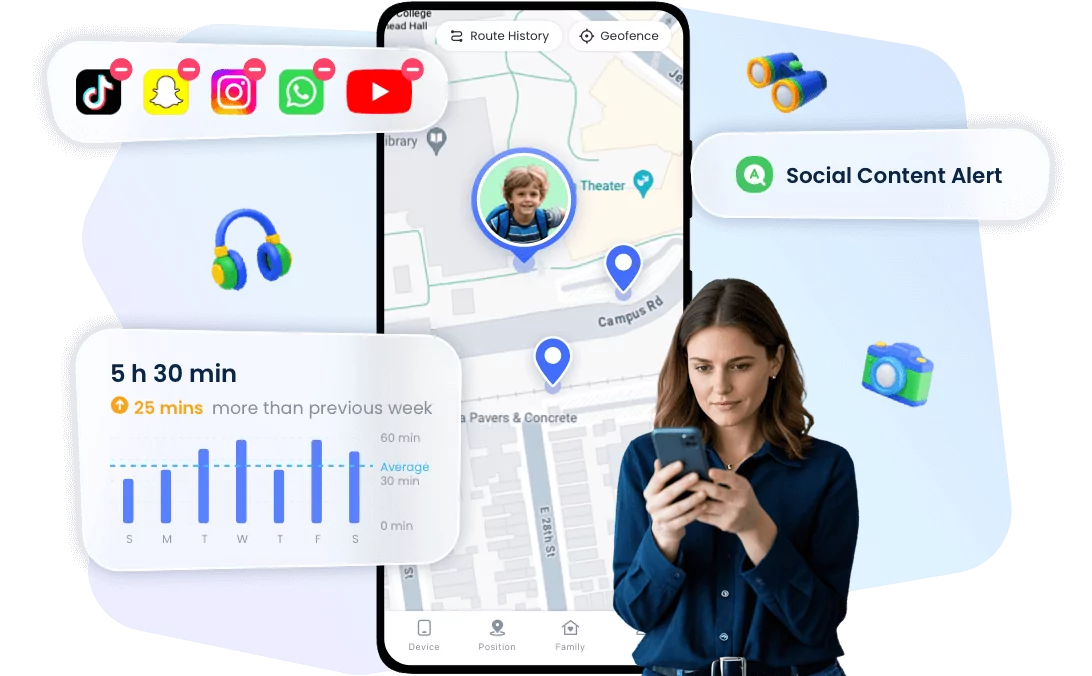
Conclusion: Our Take
In all honesty, AI is here to stay, and it is very beneficial for both students and teachers. Instead of banning it, there should be standard practices and clear guidelines outlining how AI should be used, what is acceptable, and what crosses the line. That way, students and teachers can benefit from AI without misusing it. But what do you think? Should AI be banned or used in school? I'd love to hear your thoughts in the comment section!



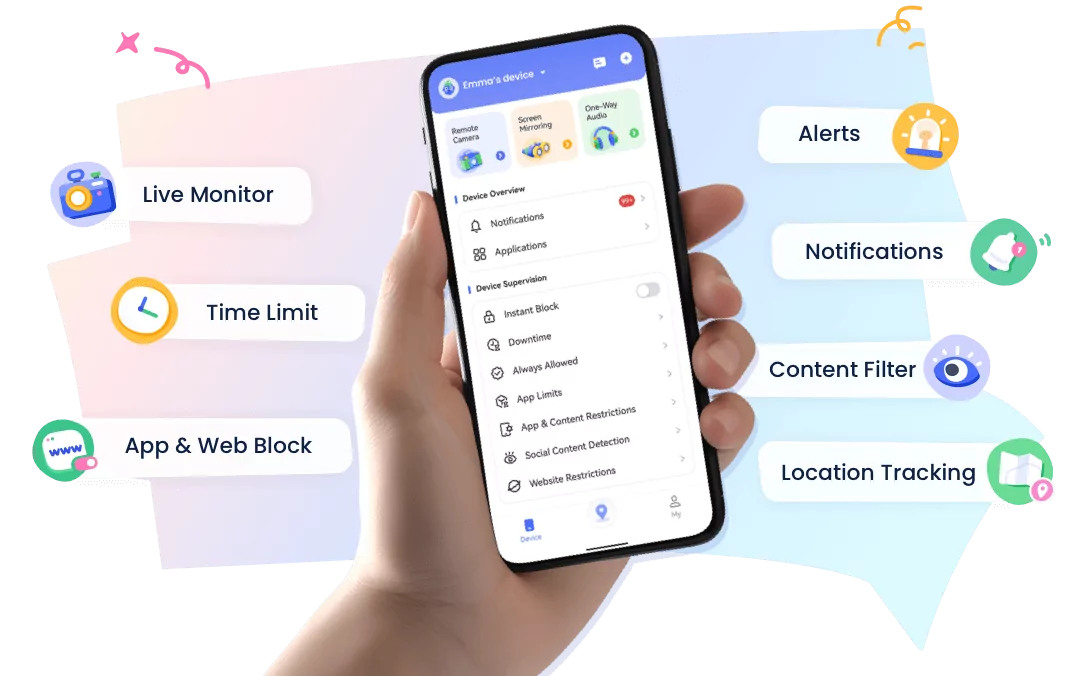




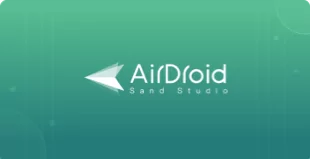
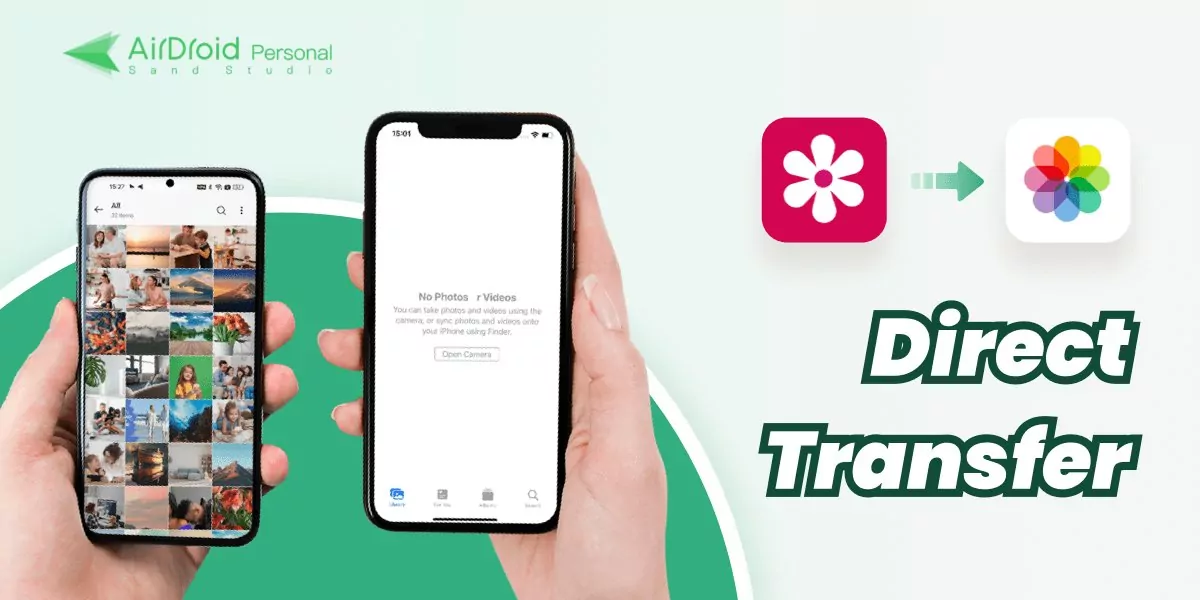
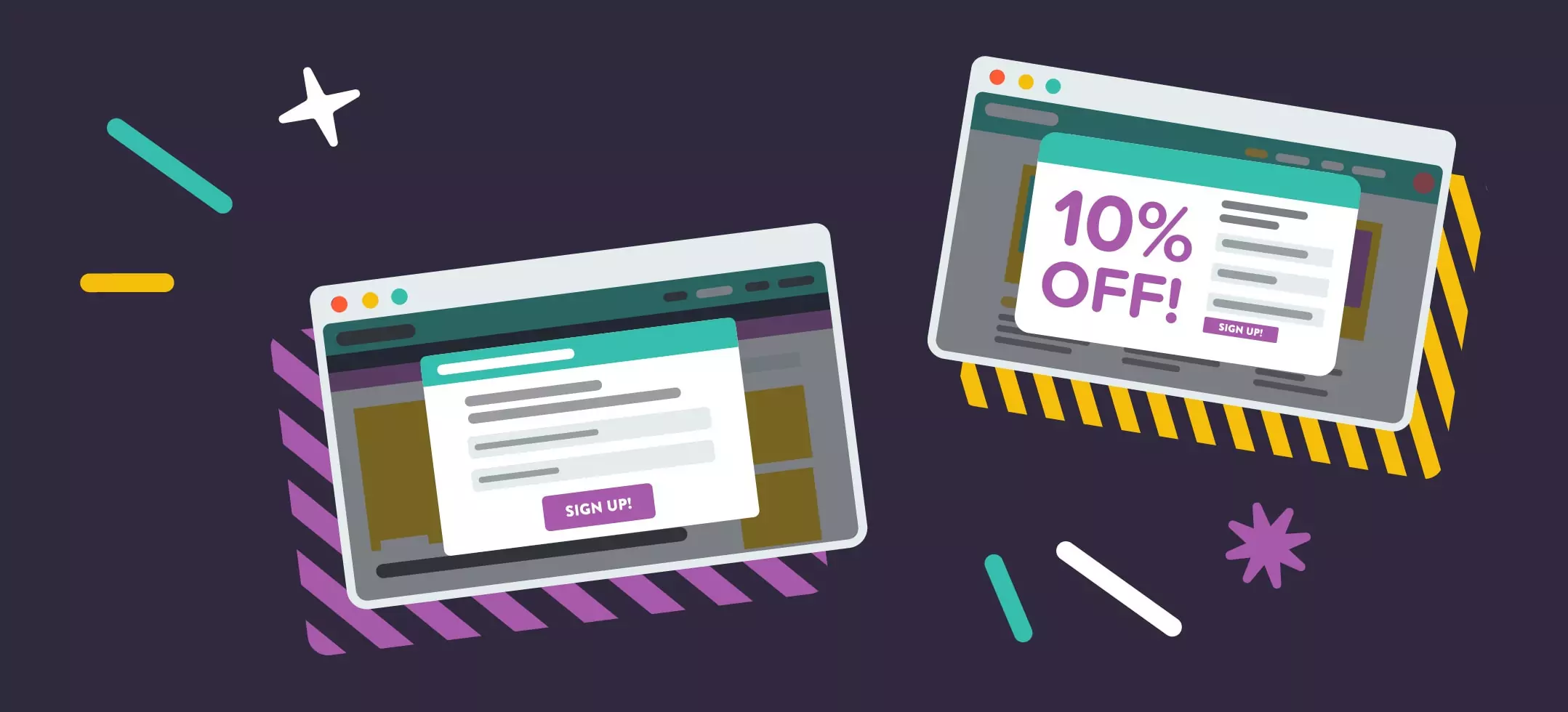


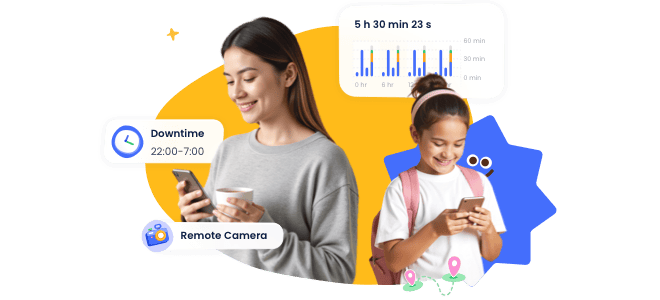

Leave a Reply.